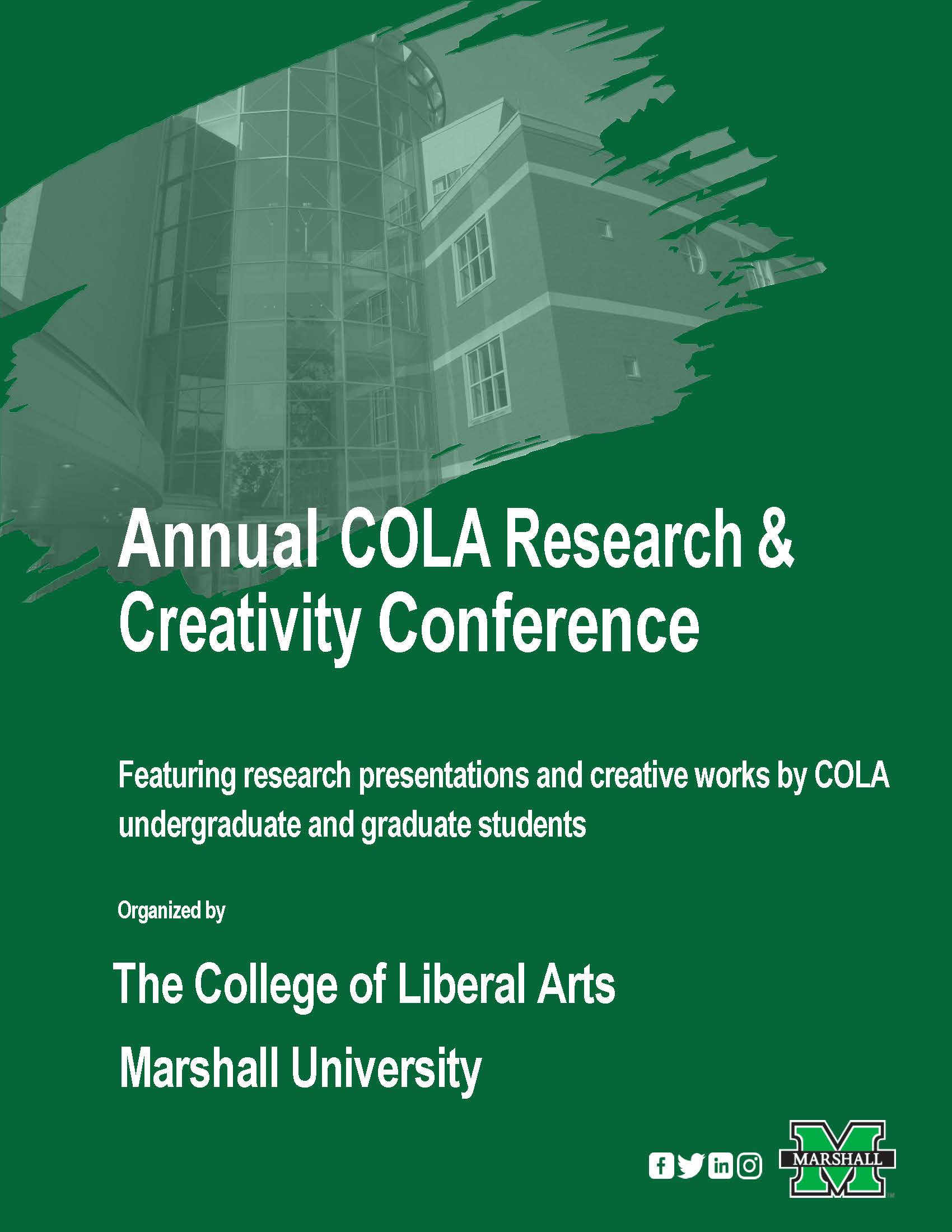Document Type
Poster Presentation
Start Date
20-4-2018 11:15 AM
End Date
20-4-2018 12:15 PM
Keywords
needles, harm, health
Biography
My name is Stephanie Spaulding. I am a senior here at Marshall. I am 21 years old. I am a psychology major, and my interests in psychology are substance use and PTSD.
Major
Psychology
Advisor for this project
Dr. Brittany Canady
Abstract
Needle Return in Needle Exchange Programs
The first NEP (Needle Exchange Program) was in Amsterdam, Netherlands in 1984, followed four years later by the first U.S. NEP in 1988 in Tacoma, Washington (The Center for Innovative Public Policies, 2012). NEPs have been shown to reduce risk of disease, and prior studies suggest that individuals who participate in such programs are more likely to enter recovery from opioid addiction, making them an important public health intervention. The worldwide average for needle return in NEPs is around 90% (Ksobiech, 2004). With the needle return rate in Huntington being around 60%-70%, it is below national average by 20%-30%. Charleston is closer to the worldwide average at around 80%. It is unclear why so many needles are not being returned. Reducing the number of used needles in the community can reduce incidence of HIV, Hepatitis C, and the number of drug users who inject. The current project reviews the literature related to needle exchange programs and discusses a study currently underway to investigate barriers for needle return, so interventions can be developed to encourage higher needle return rates for these important harm reduction programs in the future.
Needle Return in Needle Exchange Programs
Needle Return in Needle Exchange Programs
The first NEP (Needle Exchange Program) was in Amsterdam, Netherlands in 1984, followed four years later by the first U.S. NEP in 1988 in Tacoma, Washington (The Center for Innovative Public Policies, 2012). NEPs have been shown to reduce risk of disease, and prior studies suggest that individuals who participate in such programs are more likely to enter recovery from opioid addiction, making them an important public health intervention. The worldwide average for needle return in NEPs is around 90% (Ksobiech, 2004). With the needle return rate in Huntington being around 60%-70%, it is below national average by 20%-30%. Charleston is closer to the worldwide average at around 80%. It is unclear why so many needles are not being returned. Reducing the number of used needles in the community can reduce incidence of HIV, Hepatitis C, and the number of drug users who inject. The current project reviews the literature related to needle exchange programs and discusses a study currently underway to investigate barriers for needle return, so interventions can be developed to encourage higher needle return rates for these important harm reduction programs in the future.



